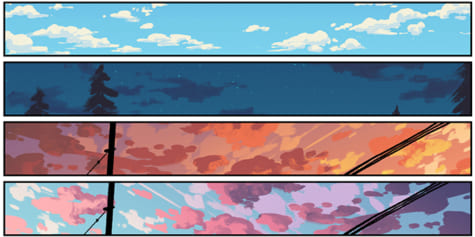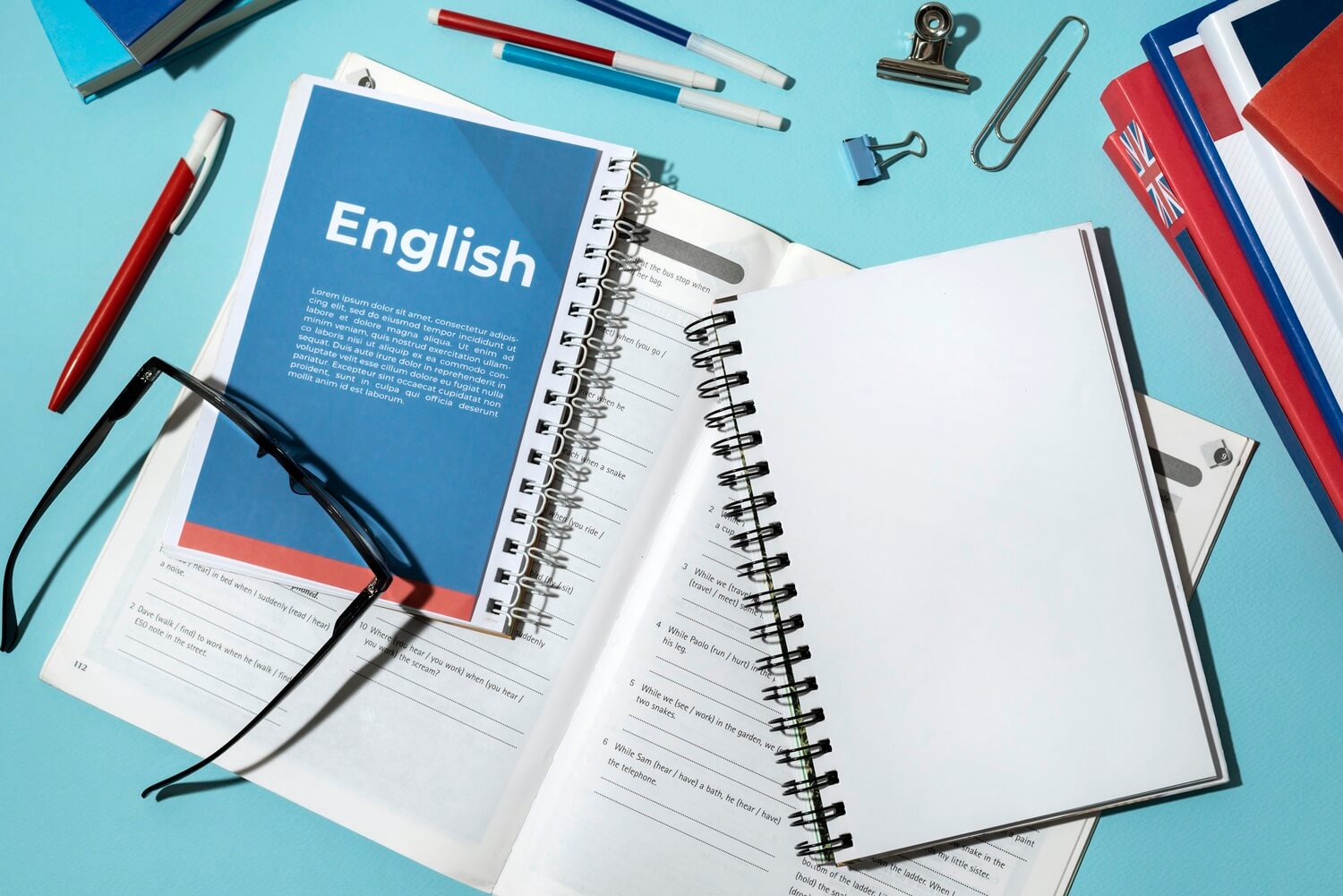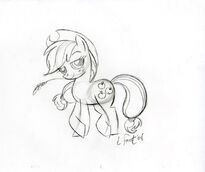Trembling aspen
Description
Leaves
Form
- Broadly oval to kidney-shaped
- Tip abrupt, short, sharp
- Base rounded
- Usually hairless
- Preformed leaves usually broadly oval
- Neoformed leaves heart-shaped, often larger or smaller than preformed leaves and with more readily visible basal glands
Length
- 3–7 cm
Colour
- Upper surface deep green
- Lower surface paler
Margin
- Teeth fine, irregular (20–30 per side)
- Teeth more numerous in neoformed leaves
Petiole
- Flattened
- Slender
- Usually longer than the blade
- Round in neoformed leaves
Timing
- 7–10 days earlier than largetooth aspen
Buds
Form
- Flower buds larger
- Leaf buds smaller
- Conical, pointed, appressed, with the tips curving inward
- 6–7 scales, shiny, slightly resinous, not fragrant
- Leaf scars small, triangular
Length
- 6–7 mm
Colour
- Dark reddish-brown
Twigs
Form
- Slender, shiny, round in cross-section
- Lenticels oval
Colour
- Dark green or brownish-grey
Flowers
Structure
- Dioecious
Fruits
Form
- Stalk hairy
- Capsules narrowly conical, hairless
- Splitting into 2 parts when mature
- About 10 seeds
Length
- Mature seed catkins 10 cm
- Capsules 5–7 mm
Timing
- Seeds ripen 4–6 weeks after flowering
Bark
Form
- Smooth with a waxy appearance
- Becoming furrowed into long flat-topped ridges
- Diamond-shaped marks about 1 cm across sometimes occur
Colour
- Pale green to almost white when young, becoming darker
Wood
Uses
- Manufacture of oriented strand board and other forms of chipboard
Size
Height
- To 25 m
Diameter
- To 40 cm
Maximum age
- 80 years
Tree form
Forest-grown
Trunk
- Long, cylindrical, smooth, with little taper
- Branch-free in the lower part
Crown
- Short, rounded
Root system
Shallow, very wide-spreading
Habitat
Site
- A great variety of soils
- Prefers sheltered sites
Associated species
- Often in pure stands; also mixed with white spruce, black spruce, balsam fir, white birch, balsam poplar and jack pine
Range
Throughout the forested areas of Canada
Insects and diseases
Insects
- Gelechiid moth
- Lombardy leafminer
- Northern tent caterpillar
- Poplar gall borer
- Bruce spanworm
- Fall webworm
- Forest tent caterpillar
- Gypsy moth
- Large aspen tortrix
- Satin moth
- Eupithecia subfuscata (Haworth)
- Ashflower gall
- Asian longhorned beetle
- Aspen carpenterworm
- Aspen serpentine leafminer
- Aspen twoleaf tier
- Carpenterworm
- Cottonwood crown borer
- Fall cankerworm
- Mourningcloak butterfly or spiny elm caterpillar
- Poplar borer
- Poplar bud gall mite
- Poplar carpenterworm
- Speckled green fruitworm
- Spring cankerworm
- Uglynest caterpillar
- White slaut
- Whitetriangle leafroller
Diseases
- Aspen trunk rot
- Frost damage of poplars
- Hypoxylon canker
- Leaf and shoot blight of aspen (Venturia macularis)
- Leaf blight (Ventura populina)
- Nectria canker
- Brown cubical sap rot
- Conifer – Aspen rust
- Cytospora canker
- Inkspot of aspen
- Leaf spot (Mycosphaerella populicola)
- Marssonina leaf spot
- Silver leaf disease
Insects and diseases that are found most frequently and/or that cause the most damage in our Canadian forests.






